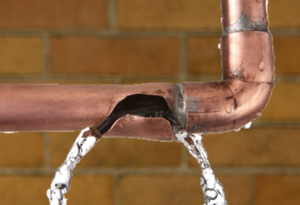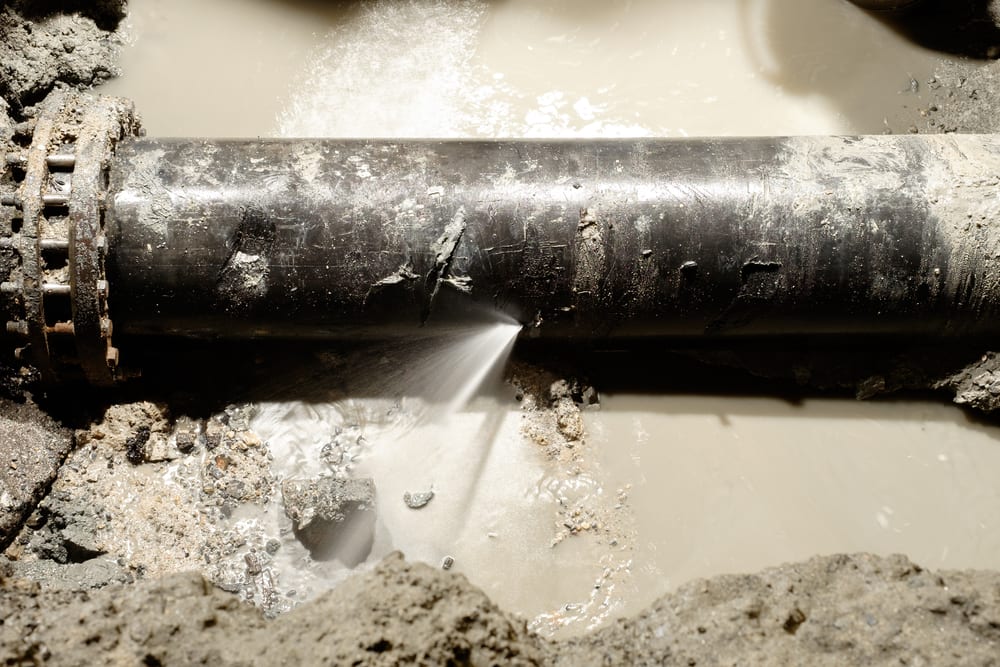Quick Guide: Identifying and Fixing Ruptured Pipes in Your Home
Quick Guide: Identifying and Fixing Ruptured Pipes in Your Home
Blog Article
The content down below involving What to Know Before Installing a Dishwasher is pretty much attention-grabbing. Read it yourself and decide what you think of it.

A ruptured pipeline is a major emergency; you can only stand as you see water you pay a lot to rejoin with the earth. In worse cases, you discover a pool on your kitchen area flooring, which is a great trip risk, specifically if you have kids around. If the pipe that burst remained in your wall surfaces, trouble: you might require to paint that entire section.
How can a disaster like a burst pipe be stopped and also handled? Well, by paying attention to your professional emergency plumbings as well as complying with these policies.
Just how do I understand when my pipelines have ruptured?
Changing water pressures
Pipes do not just burst in a day. You may have noticed that your cooking area faucet or shower doesn't run immediately when you turn the faucet. It may stop briefly for a few seconds and after that blast you with even more pressure than common.
In various other circumstances, the water might seem normal at first, then drop in pressure after a few seconds.
Damp wall surfaces as well as water discolorations
Prior to a pipeline ruptureds, it will certainly leakage, the majority of times. If this relentless dripping goes undetected, the leakage might finish right into a vast gash in your pipeline. One very easy means to prevent this emergency is to keep an eye out for damp wall surfaces advertisement water discolorations. These water discolorations will certainly lead you right to the leakage.
Puddles under pipelines and also sinks
When a pipeline bursts, the outflow forms a pool. It might appear that the puddle is growing in dimension, as well as regardless of how many times you mop the pool, in a couple of minutes, there's another one waiting to be cleansed. Commonly, you may not be able to map the pool to any visible pipelines. This is an indication to call a professional plumber.
Untraceable trickling noises
Pipe ruptureds can occur in the most undesirable areas, like within concrete, inside walls, or under sinks. When the house goes quiet, you might have the ability to hear an annoyingly relentless leaking sound. Even after you have actually checked your shower head and kitchen area tap, the trickling might continue.
Beloved reader, the trickling may be originating from a pipe inside your walls. There isn't much you can do concerning that, except inform a professional plumber.
Shut down the Water
When water freezes, it expands in quantity by about 9 percent. And also it broadens with tremendous force: The stress inside pipes might go from 40 extra pounds per square inch to 40,000 psi! No pipe can hold that much pressure, so it bursts. The break may occur where the ice kinds, however more often, it takes place where water pressure finds a vulnerable point in the pipeline. That may be inches or even feet from the icy location. Discover the water shutoff valve and switch off the water to avoid more damages. You might likewise need to shut down the electrical energy as well, depending upon where the leaks happens as well as how large it is.
Contaminated water
Many individuals think a burst pipeline is a one-way outlet. Fairly the contrary. As water drains of the hole or gash in your plumbing system, contaminants locate their method.
Your water may be contaminated from the source, so if you can, examine if your water tank has any kind of problems. Nonetheless, if your drinking water is provided and cleansed by the local government, you ought to call your plumber quickly if you see or smell anything amusing in your water.
What do I do when I detect a burst pipeline?
Your water meter will continue to run also while your water wastes. To minimize your losses, discover the major controls and transform the supply off. The water pipe are an above-ground structure beside your residential or commercial property.
How to Fix & Detect a Leaking Pipe
How Do I Know if a Pipe is Leaking?
Leak detection tests can help you determine if your pipe has a leak. Even if you don’t see an apparent leak, you should still conduct leak detection tests regularly to save water and money—and prevent major damage to your home.
Water meter. It can be helpful to figure out what your usual water meter usage numbers are and then monitor them regularly. To monitor your meter, first, turn off all water faucets in your home. Check the meter and write down the numbers. In a few hours, check the meter again. If the numbers have changed, you have a leak. Water gauge. Use a water gauge to test your water pressure. Your showerhead should produce a certain amount of water pressure based on its model and design. If the pressure is lower than it is supposed to be for that specific showerhead, your home likely has a leak. Puddles. Look inside your bathroom, laundry, and kitchen sink cabinets. Puddles around the cabinets or around toilets, tubs, showers, and washing machines indicate the presence of a leaking pipe. You may also notice loose tiles, peeling or flaking paint, or mold caused by water accumulation. Napkin test. Even if you don’t see any puddles, you may still have a leak. You can test for water leaks in the bathroom, laundry, and kitchen by wiping below-sink connections with a napkin, paper towel, or piece of toilet paper. If it becomes damp, you probably have a leaking pipe under the sink. Discolored walls. Walls that are discolored—usually with brown or yellow stains—or bulging might mean that they have been impacted by water damage caused by a leaking pipe. Smell. A leaky pipe will create sitting water, and over time, that water may develop a musty smell. If your home smells musty, but you can’t locate the source, it may be due to a leak. Steps for Fixing a Leaking Pipe
A leaky drain can be remedied by tightening the pipe base, replacing the drain seal, caulking the rim, and tightening the pipe nut. Similarly, a leaking toilet pipe can be treated by tightening the packing nut. You may also need to replace the valve. A leaky faucet may just need tightening or replacement of the washers. If that doesn’t work, consider replacing your faucet. If your pipe has a hole in it, you may want to use a pipe leak sealer or pipe leak tape. This quick fix for water pipe leaks can also temporarily fix a copper pipe leak. https://www.ahs.com/home-matters/quick-tips/how-to-tell-if-pipes-are-leaking/

We had been made aware of that report on How to install a dishwasher safely through an acquaintance on another web blog. Do you know another individual who is in to the topic? Take a moment to share it. Many thanks for your time. Visit us again soon.
Source This Article
Report this page